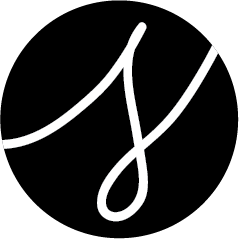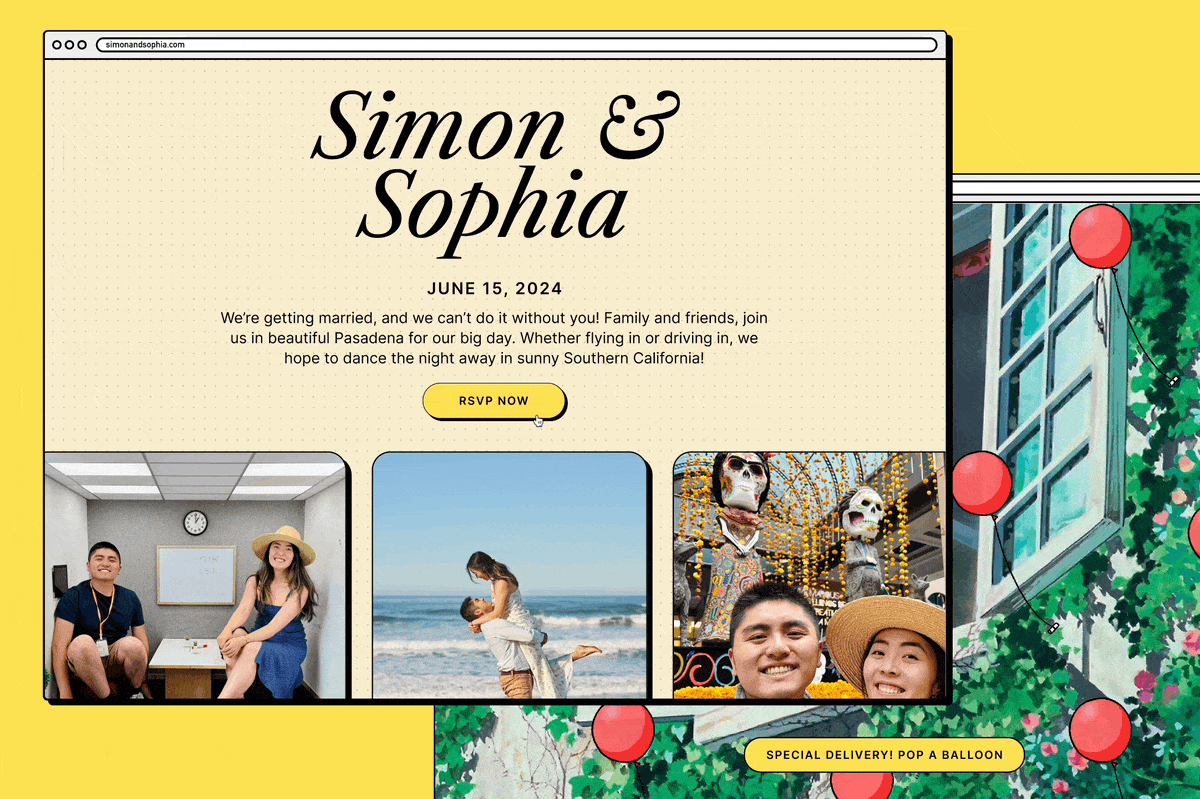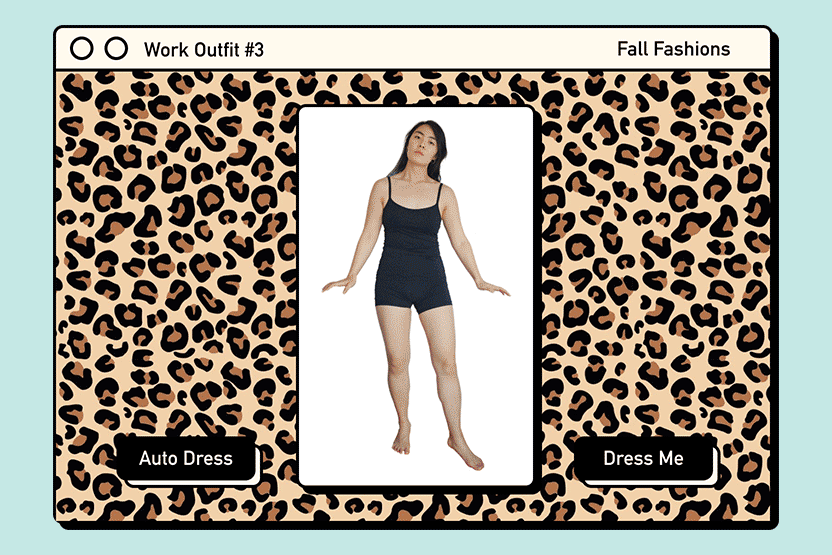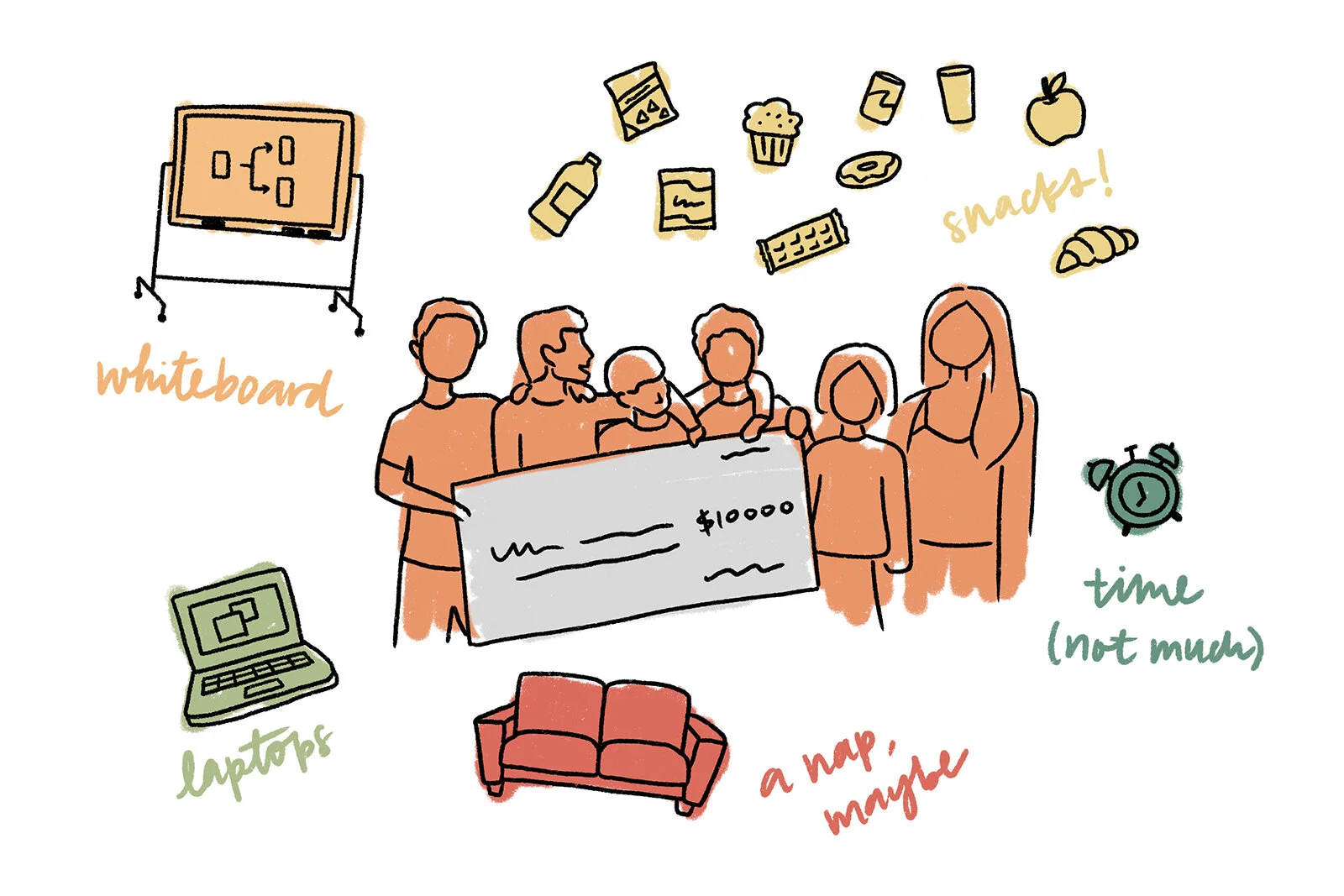Turning a skeptic into a believer
Although I work for a leading AI company, I’ve been a skeptic of generative AI for a long time. In December 2022, OpenAI changed our world forever when it brought a quality chatbot to the masses that could summarize and generate text. I remember using ChatGPT for the first time to write a job description for an intern position, and it gave me 90% of what I needed in a matter of seconds. I was sold. Since then, I've utilized to write mundane things like emails to dispute medical bills, performance feedback for colleagues delivered in professional language, and silly rhymes to use in our wedding emails.
However, image generation was always a ways away. For the longest time, AI produced overly glossy, unnaturally smooth depictions of nonsensical, cringey, soulless things. Even though the uncanny valley “art” was unsettling, companies kept pushing us to experiment with their AI models and generate more low-quality internet slop. As someone who uses the internet to connect with real artists and get inspired, having to weed through AI spam became incredibly disheartening. It all felt so empty, devoid of style and substance.
“AI accidentally made me believe in the concept of a human soul by showing me what art looks like without it.”
However, last month, OpenAI’s GPT40-powered image generation tool was released, and the internet has noticed. The viral Studio Ghibli art trend followed by the action figure trend flooded our social media feeds, making headlines left and right with its too-good-to-be-true Miyazaki renderings of our everyday photos. People are having fun playing around with the tool, while artists and creatives are speaking out about losing value in their work and reacting with backlash over ethical and copyright concerns.
As an artist, yes I am appalled. How can AI train on real work made by artists and claim it “generated” something original? Is that legal? Is that art?
But as someone plugged into the tech industry, I saw this coming from a mile away. Computer-aided drafting disrupted architecture. Photoshop, and then the iPhone, disrupted photography. CGI, TikTok, Instagram video-editing tools disrupted the professional film industry. Text-gen AI disrupted Hollywood and prompted a months-long writers’ strike. Tech will advance, and we as creatives have to be ready.
That doesn’t mean the industry is dead. It just means the human work you do is of higher quality, adhering to a higher bar of consistency, accuracy, and artistry. The stuff AI generates is cheap labor; you can offer more. Artists aren’t just hired for their ability to hold a paintbrush, use Photoshop, or produce a final image. But rather, their value lies in their communication skills, reliability, taste, creative direction, professionalism, and unique one-of-a-kind offerings. The value of art lies in creating something intentional and meaningful that makes people think.
If the work you do is purely production-oriented, be prepared to be booted out of a job. In a world where tech is advancing at a rapid pace, the only way to stay ahead is to invest in irreplaceable skills like critical thinking, marketing your work, and high quality methodical decision-making. Sure, ChatGPT can spit out an image or two, but can it articulate why it made every single creative decision? Can it systematically see patterns across two completely unrelated fields and use one to influence the other? Does it have the listening and empathy skills to understand what a client truly wants? Can it create something completely original? Likely not. So embrace your humanness and use that to your advantage.
The hard truth
When I was considering pursuing an career in photography and illustration in the mid to late 2010’s (remember Dribbble?), I was saw the burgeoning impact tech was about to play in these industries. Things that scale can actually monetize and ultimately win at business. And unfortunately for us, tech scales much faster than we can, especially at copying and performing unoriginal tasks.
I deeply respect artists’ craft. But in our day and age, craft isn’t what the capitalist world optimizes for. Craft is reserved for the purists and, frankly, people who can actually afford something 100% handmade. The rest of the crowd is okay with owning cheaper knockoff versions of source material art, whether it be clothing, furniture, a movie, or an Ghibli illustration of themselves. Or at least until the next big thing comes around. As trends get monetized into a commodity to make a quick buck, they lose value. Like Miranda Priestly once remarked, fashion and style are inescapable. The true artists and tastemakers set the agenda, which trickles down to the average person. You can either lament the ignorance of the mainstream, or you can focus on being a tastemaker.
What is art then?
Art is the expression of human creativity and imagination. Art is unique and novel because it says more about the artist than anything else. To me, the joy in creating art far surpasses the joy in consumption. Creating is essential to our happiness. As an artist, the best way to live is to be present, find inspiration when it presents itself, then create with your own narrative and style. It’s not supposed to be easy. Or replicable.
For now, I’m going to continue making my own art for myself, not expecting to monetize it. I’ve decided years ago that art and commerce shouldn’t mix, otherwise I’d be in for a career of heartbreak. I plan to continue using ChatGPT and emerging tech to play and execute my artistic visions. I don’t expect it to replace anything I do; it’s just a tool. After Ghiblify-ing a handful of my photos in the past weeks, I’m kind of tired of it. It doesn’t feel special anymore, especially not after my slew of requests after every output to correct illogical hallucinations.
But you know what still does make me happy? Doodling my clothes by hand. So what does that say about AI?














AI art has always felt empty, devoid of style and substance. But last month, ChatGPT raised the quality bar. So what now?